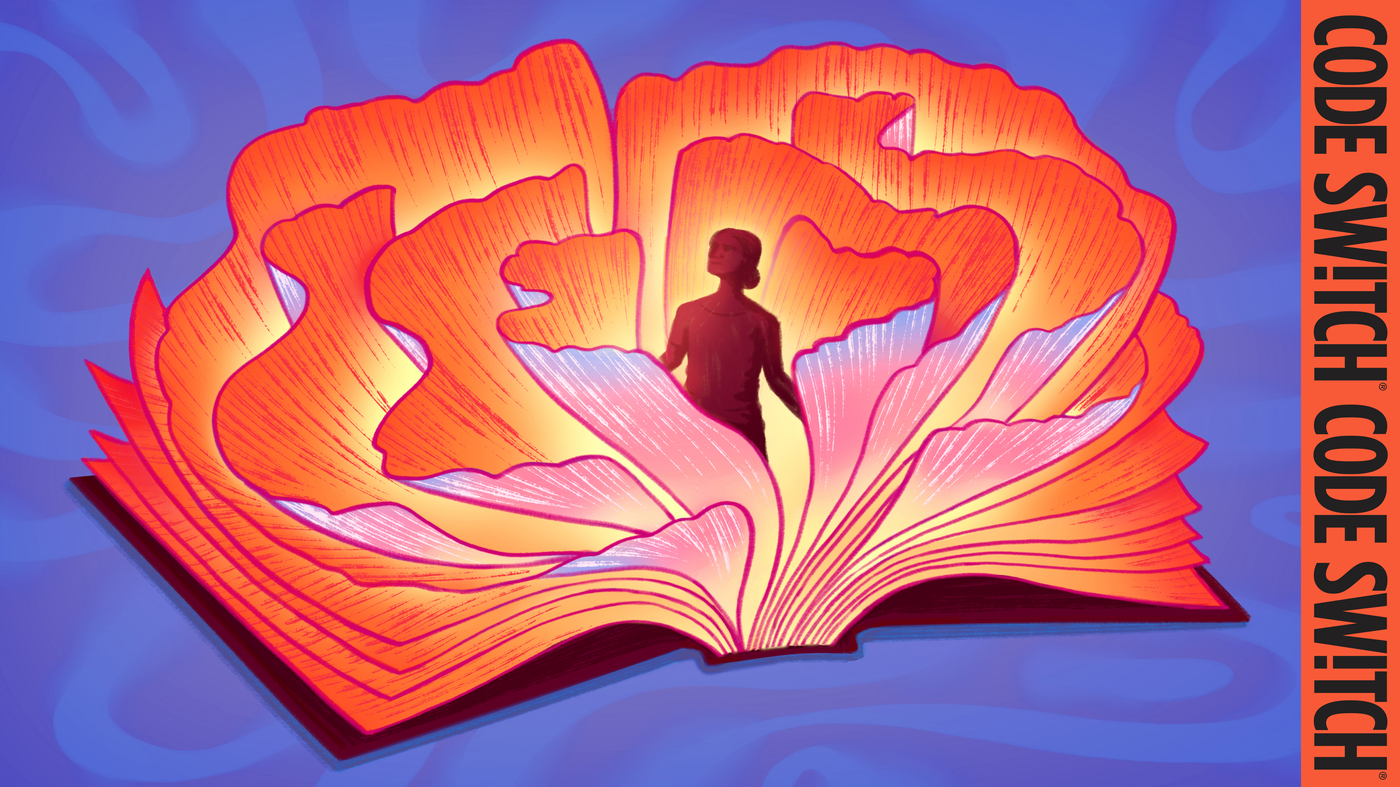
[ad_1]


For some authors, finding their book on a “banned” list can feel almost like a badge of honor, putting them right there with classics like The Bluest Eye and To Kill a Mockingbird. But the reality is, most banned books never get the kind of recognition or readership that the most famous ones do. And books by underrepresented authors have been disproportionately targeted by bans.
But different people react to these bans in different ways. On this week’s episode, we talk to the Hawaiian author Hinaleimoana Wong-Kalu about why she’s not losing sleep over her book, Kapaemahu, getting targeted by a ban in Virginia.
And we speak with the scholar Debbie Reese about her lifelong work to correct misrepresentations of Indigenous people in children’s literature. On the podcast, she talks about books that she wouldn’t recommend. But we also asked her to share with us some of her favorite books with nuanced, full representations of Indigenous people and stories. Her recommendations are below, which include the book title, the author’s name and tribal affiliation, and what stood out to the book for Reese.
Picture Books
Forever Cousins, by Laurel Goodluck (Mandan, Hidatsa and Tsimshian) and illustrated by Jonathan Nelson (Diné). Reese says that this book “beautifully makes the point that Native people live in major cities as well as on reservations. The author’s note provides information about the Indian Relocation Act, which is a key reason why major cities have significant Native populations.”
Contenders: Two Native Baseball Players, One World Series, by Traci Sorell,(enrolled citizen, Cherokee Nation), and illustrated by Arigon Starr (enrolled member of the Kickapoo Tribe of Oklahoma). Reese says: “Terrific nonfiction book that focuses on the lives of two Native baseball players, on and off the field. Includes racism they endured from fans and media.”
Middle Grades
We Still Belong, by Christine Day (Upper Skagit), with cover art by Madelyn Goodnight (citizen of Chickasaw Nation). Reese says: “The main character is one of very few Native students at her middle school and doesn’t quite feel like she belongs there or within her tribe either. In the story and in the author’s note, the author does a wonderful job explaining what it means to be Native but not meet tribal requirements to be enrolled in the tribe.”
Heroes of the Water Monster, by Brian Young (Diné), with cover art by Shonto Begay (Diné). Reese says: this is “a blended family story in which two Diné boys learn to work with each other and a water monster to protect water. The author doesn’t shy away from historical trauma that shaped the Diné people, today.”
High School
Warrior Girl Unearthed, by Angeline Boulley (enrolled member of the Sault Ste. Marie Tribe of Chippewa Indians), with cover art by Michaela Goade (enrolled member of the Tlingit and Haida Indian Tribes of Alaska). Reese calls this a “gripping novel about a teen whose plan to spend the summer fishing changes when she starts working for the tribal museum. She learns about federal laws that protect Native remains and does all she can to disrupt violations of the law that she encounters at a local college.”
Rez Ball, by Byron Graves, Byron (enrolled member of the Red Lake band of Ojibwe), with cover illustration by Natasha Donovan. Reese says: “Basketball is the vehicle through which the main character copes with the death of his brother. Woven throughout are elements of Native life and culture that function as brilliant mirrors for Native teens.”
This episode was engineered by James Willetts.
[ad_2]